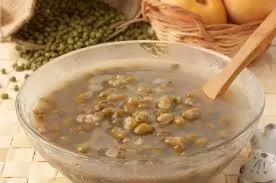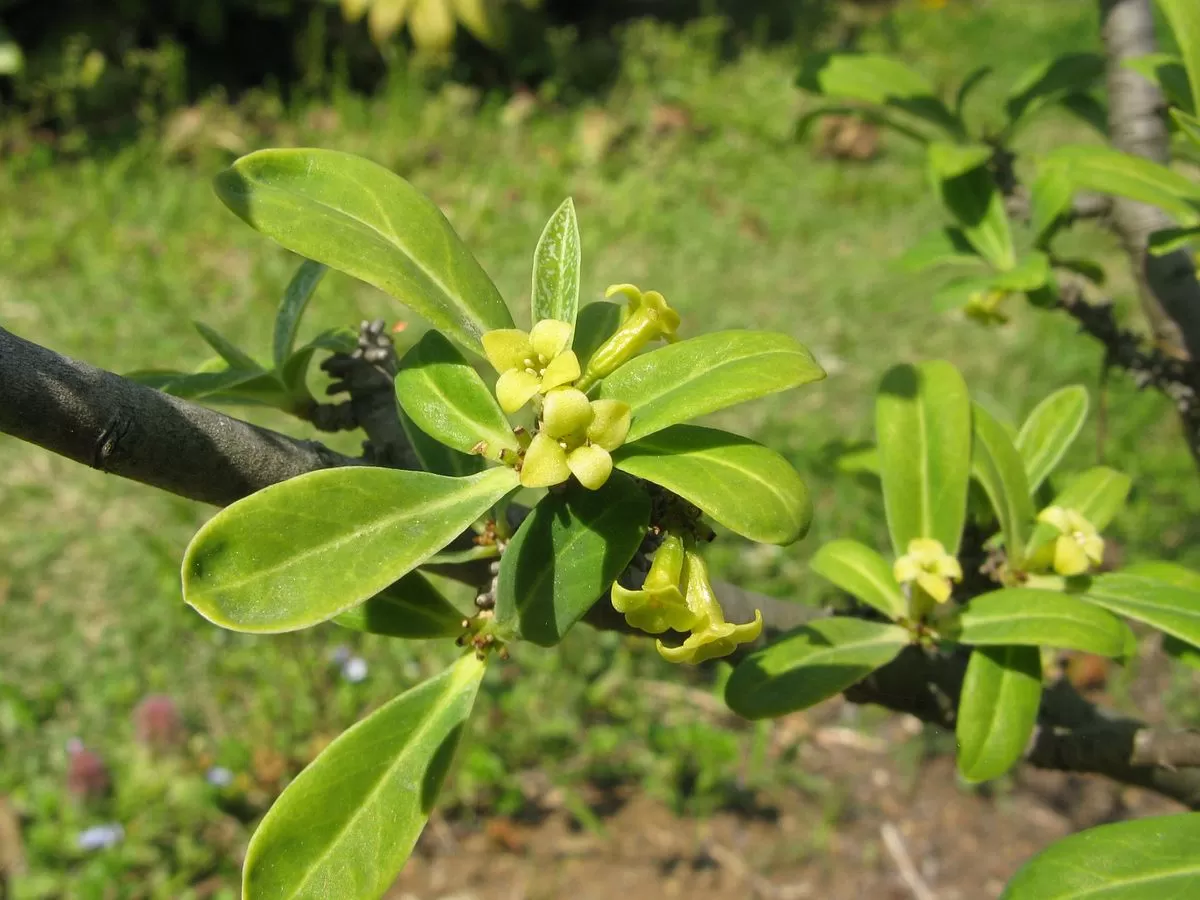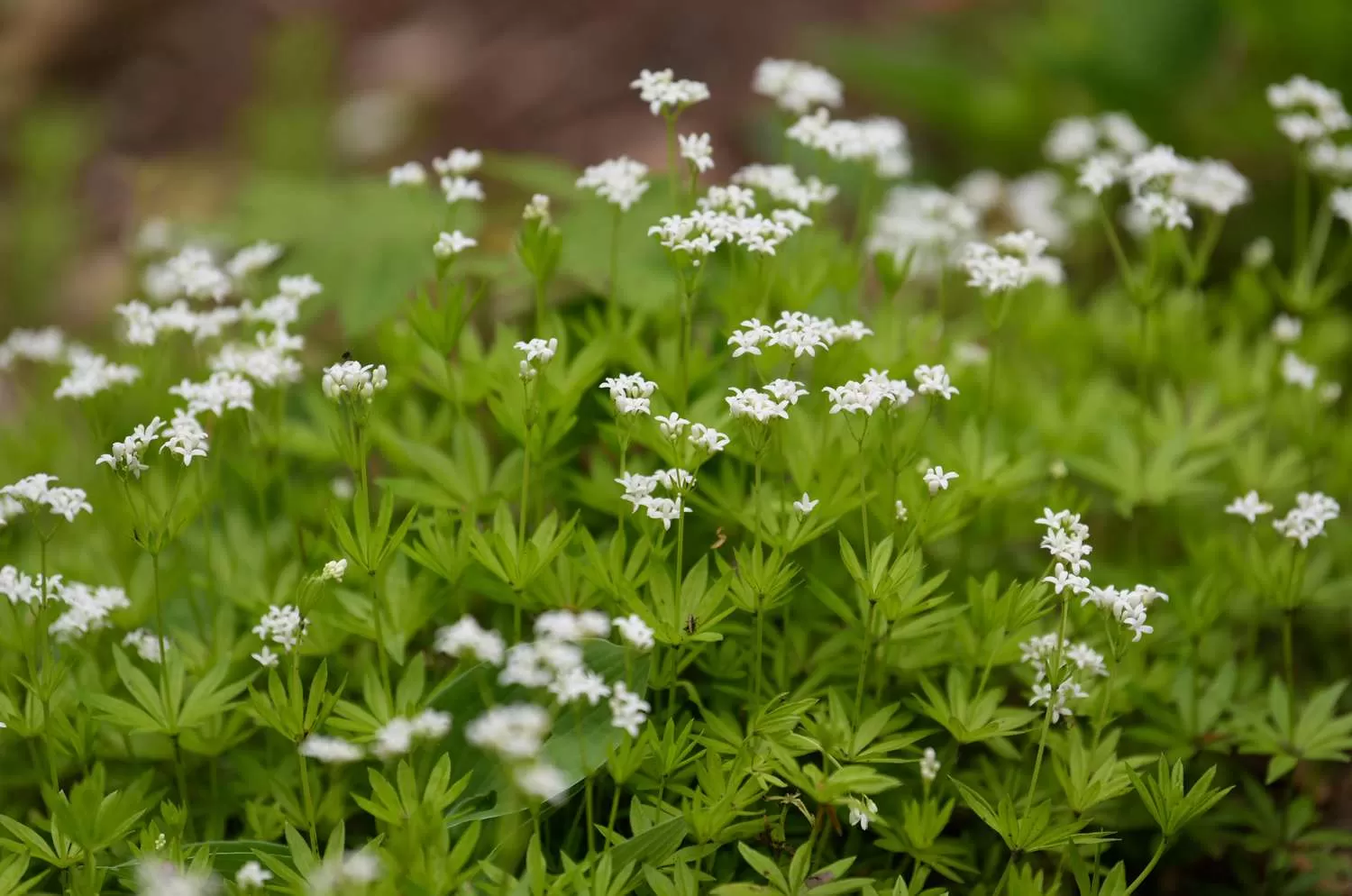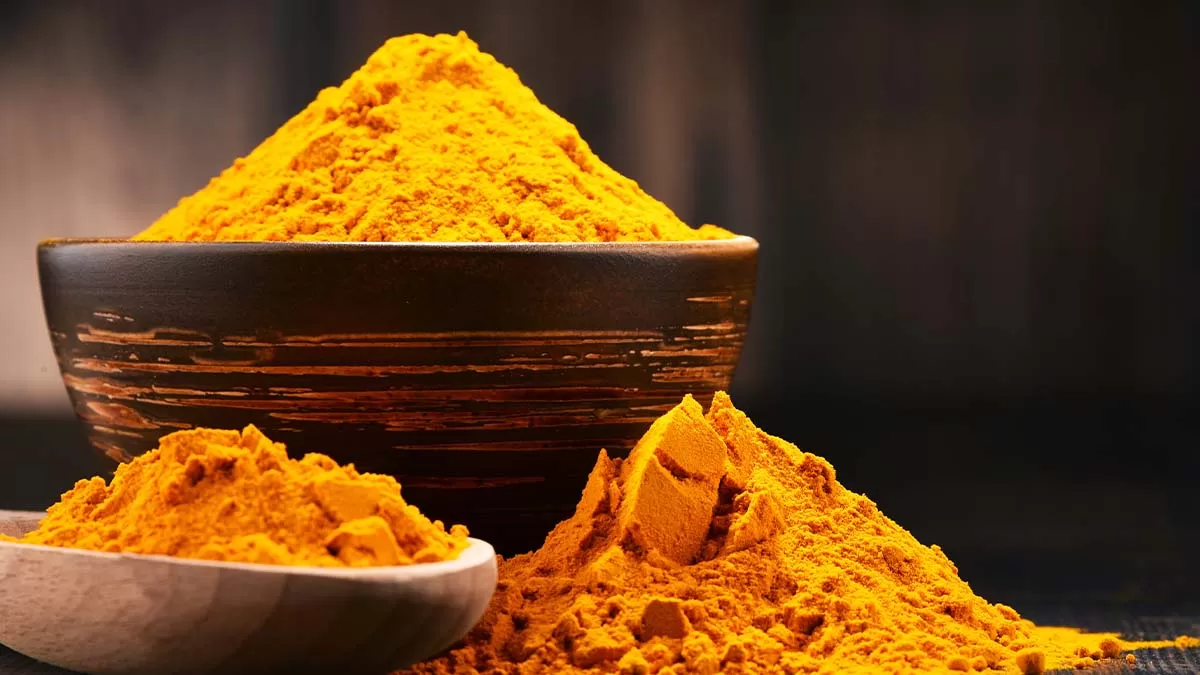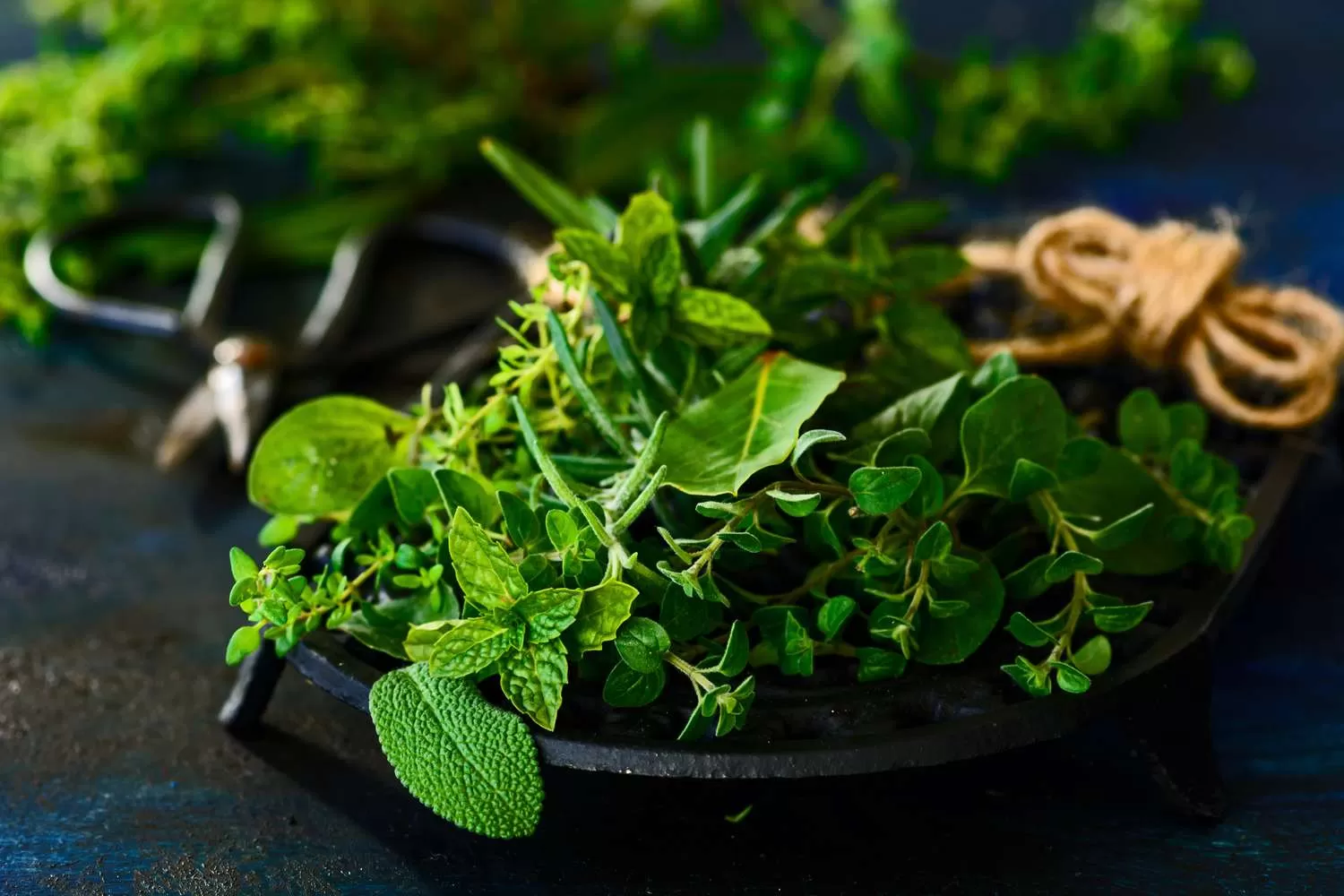- 0086-571-85302990
- sales@greenskybio.com
Growing Demand for Medicinal Plants Sparks Concerns Over Sustainability
2025-03-23
Medicinal plants have been integral to human health for millennia, witnessing a significant resurgence in contemporary times. Despite their increased popularity, the impact of commercial harvesting on the conservation status of these plants and the traditional communities that depend on them remains largely understudied, fueling concerns over their future survival.
Rising Use of Plant-Based Medicines
The World Health Organization reports that a staggering 70%–90% of the global population relies on traditional holistic medicine as their main healthcare approach. This holistic spectrum includes practices as diverse as plant-based medicine, yoga, acupuncture, and Indigenous medical traditions, and is deeply embedded in the cultural fabric of regions like China and India.
Dr. Manuel Pardo de Santayana, a principal researcher from Universidad Autónoma de Madrid, highlights the cultural significance of medicinal plants in a recent study examining threats to Spanish flora. "Medicinal plants are tied to cultural identity much like culinary traditions or annual celebrations," he notes. "Communities maintain these traditions as a form of identity over time." The study is featured in the journal People and Nature.
Traditional communities adeptly manage various minor ailments through plant medicine, echoing the influence of these remedies on modern pharmacology—where over 40% of medicines, such as aspirin, trace their origins to natural sources.
Growth Amidst Global Health Challenges
The usage of medicinal herbs has notably increased post-COVID-19, driven by factors such as the management of symptoms during vaccine developments, skepticism towards vaccination, or unequal vaccine access among certain demographics. However, this burgeoning demand risks the unsustainable commercial harvesting of these plants, posing threats to their ecological balance.
Sustainable harvesting practices as defined by longstanding users and Indigenous groups emphasize environmental stewardship, including methodologies such as limiting harvest quantities, selective ingredient extraction to minimize plant damage, and seed replanting. Yet commercially driven harvesters often ignore these practices in pursuit of profit.
Impact on Traditional Societies
The escalation of commercial plant harvesting has led to conservation laws curtailing plant use even for those practicing sustainable methods. Dr. Pardo de Santayana articulates the resulting tensions, stating, "Legal measures have sparked significant conflicts within communities, with frustrations about restricted rights caused by a few profit-driven actors."
To safeguard medicinal flora, traditional communities have historically employed conservation techniques vital to ecological balance, often risking their lives in defending natural resources. In fact, Global Witness documented the death of 227 environmental advocates in 2020.
Dr. de Santayana advocates for recognizing the expertise of Indigenous peoples in sustainable land management. "Granting them legal rights to judiciously manage and harvest medicinal plants may be key to harmonizing growing demand with conservation priorities," he concludes, spotlighting the critical role these communities play in preserving both the plants and their heritage practices as global interest in medicinal herbs continues to escalate.







